
After over 30 years of operating from eight offices across Newcastle, Northumberland and Durham and servicing the North from various branches, we made the strategic decision to launch a Tees Valley office in 2021 as part of our northern growth plans.
Bradley Hall is a firm which offers a range of property-related services, but our over-arching mission as a business is to work with organisations in creating a better place to live, work and play.
It’s clear that Tees Valley has the same ambition, which is why we were keen to set up a base in the area, working with a variety of businesses, developers, and the local authority to improve the built environment with the aim of helping attract businesses to the area and market homes for local people.
Since then, Tees Valley has fast become a leading destination for a range of operators, especially those in the manufacturing, process and energy sectors, with real strengths materialising in the digital, life sciences and professional services sectors.
There is clearly a long-term dedication to transforming Tees Valley, evidenced by a range of major infrastructure projects taking place; including Teesworks – the UK’s largest and most connected industrial zone and the heart of the Teesside Freeport.
Thanks to its location and transport infrastructure, Tees Valley is an outstanding location for organisations to service clients across the UK. It is clear that Tees Valley has a prosperous future ahead of it and we truly believe that now is the time to join Tees Valley ahead of significant development and regeneration and subsequent activity. - Neil Hart, Chief Executive at Bradley Hall.

Office
Office vacancies in Tees Valley are trending broadly in line with the national average, with a relative lack of speculative development helping to offset subdued occupier demand. Local authorities have set out to encourage inward investment through funding new developments and signing head leases on building to remove leasing risk for private developers. Darlington in particular looks set to benefit from its successful bid to host the HM Treasury’s Northern Economic Campus.
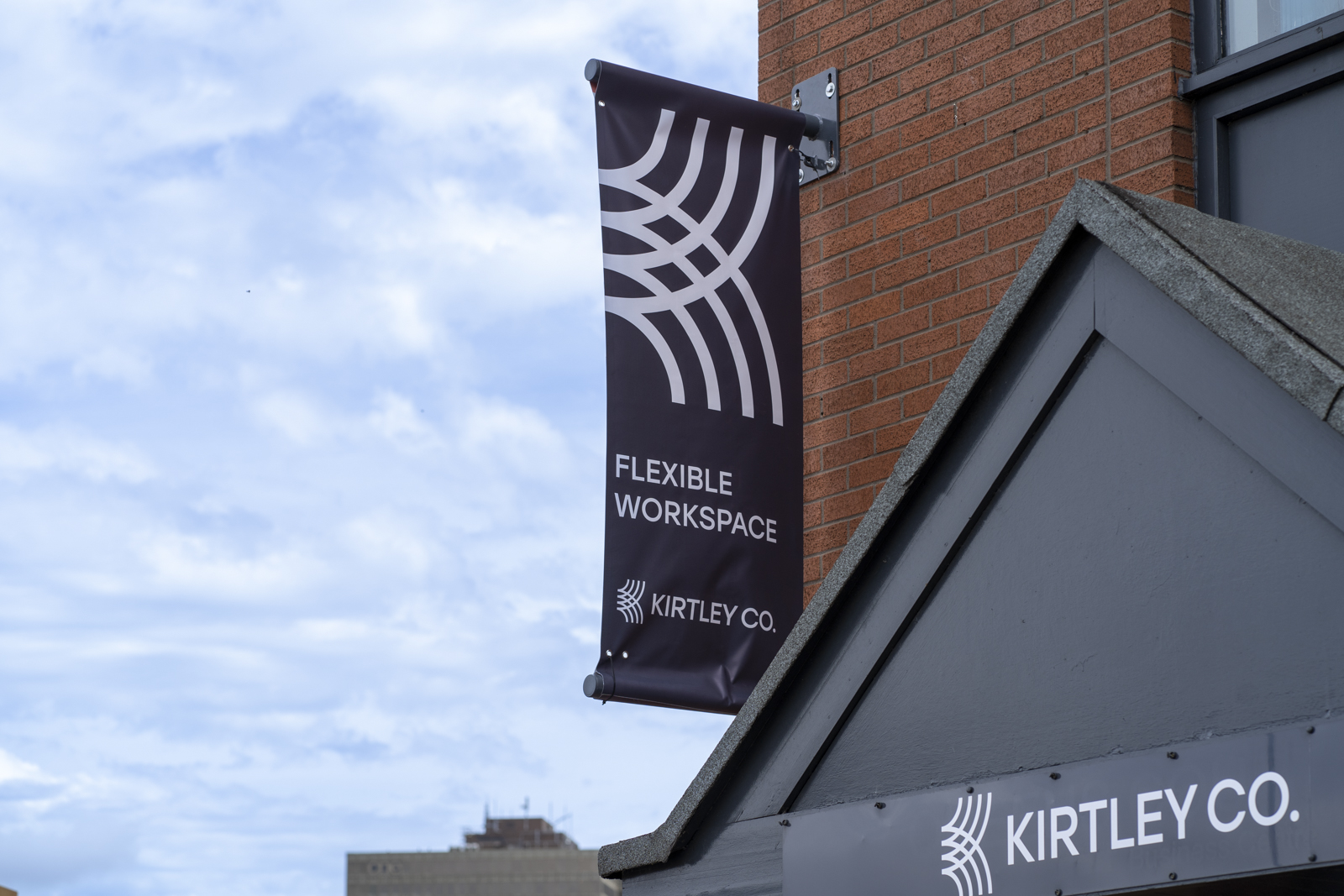
Stockon-on-Tees
The Stockton-on-Tees submarket contains approximately 3.2 million sq ft of office space, which represents a sizeable chunk of the county’s inventory. The vacancy rate has fallen somewhat over the past year, and at 6.9%, the rate was below the 10-year average as of 2023 Q2.
Net absorption over the past year averaged around 44,000 sq ft, more than twice the five-year average. Rents grew by 2.6% over the past 12 months, easily exceeding the 0.6% average annual change over the past decade.
There is about 110,000sq ft also underway in Stockton-on-Tees, the most space under construction in more than a decade. This represents a continuation of new development in the submarket, which has already seen 42,000sq ft delivered over the past three years.
This has been a somewhat active submarket for office transactions in recent years, though that momentum has slowed in the past year.

Middlesbrough
The Middlesbrough market is a mid-sized submarket that contains around 2.6 million sq ft of office space. The vacancy rate has been essentially unchanged over the past year, but at 14.0%, the rate was below the 10-year average as of 2023 Q2.
Net absorption over the past year came in at around 120,000sq ft, substantially above the five-year average. Rents grew by 2.4% over the past 12 months, easily exceeding the 1.3% average annual change over the past decade.
There is also 16,000sq ft underway in Middlesbrough, representing a 0.6% expansion of the existing inventory. This represents a continuation of new development in the submarket, which had already seen 110,000sq ft delivered over the past three years, representing an inventory expansion of 4.5%.
Only a handful of properties have transacted in the Middlesbrough submarket over the past three years.
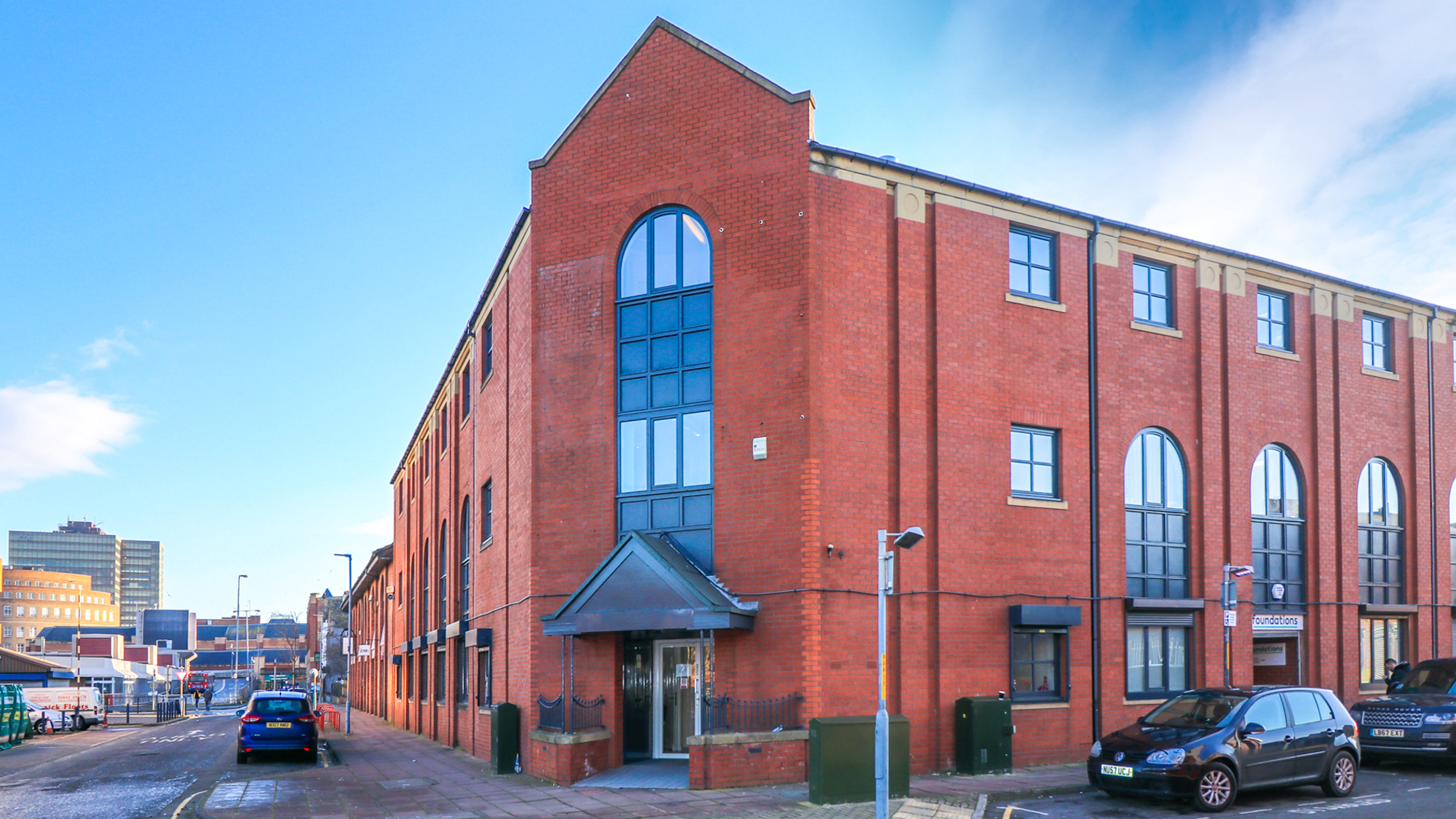
Darlington
The Darlington submarket in Tees Valley & Durham is a midsized submarket that contains around 1.6 million sq ft of office space. The vacancy rate has fallen significantly over the past year, and at 1.8%, the rate was well below the 10-year average as of 2023 Q2.
Net absorption over the past year clocked in at about 41,000sq ft, more than twice the five-year average. Rents grew by 2.8% over the past 12 months, easily exceeding the 1.0% average annual change over the past decade.
There are no supply-side pressures on vacancy or rent in the near term, as nothing is under construction. Though the pipeline is empty, the submarket has seen recent development.
Roughly 38,000sq ft has delivered over the past three years, representing an inventory expansion of 2.4%.
The Darlington submarket saw about five sales complete over the past year, consistent with the handful of deals that typically close in a given year.
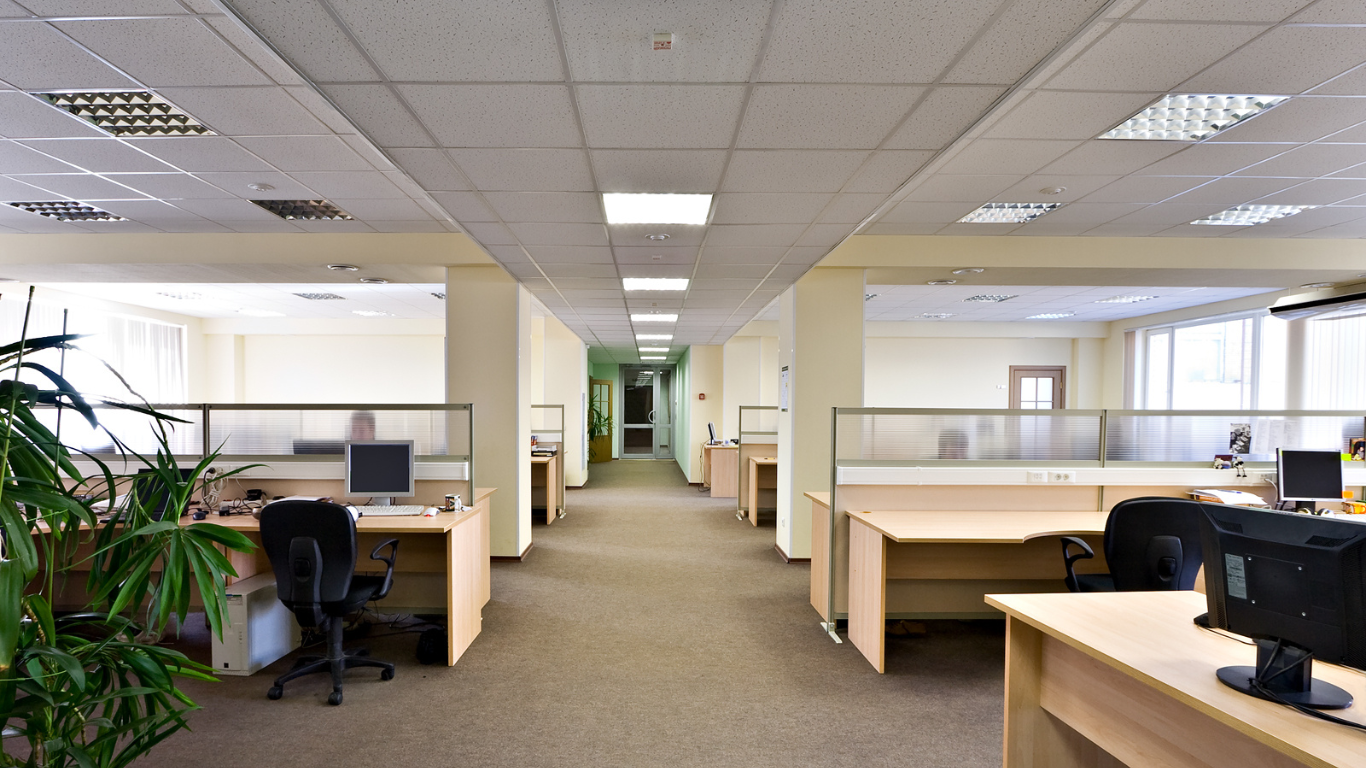
Redcar and Cleveland
The Redcar & Cleveland submarket is a midsized submarket that contains around 1.2 million sq ft of office space. The vacancy rate has risen moderately over the past 12 months, and at 4.2%, the rate was a touch higher than the long-term average as of 2023 Q2.
Net absorption was negative over the past year.
This is a continuation of the trend: Net absorption has registered an average annual decrease of -5,900 sq ft per year over the past five years. Rents grew by 3.2% over the past 12 months, easily exceeding the 1.0% average annual change over the past decade.
There are no supply-side pressures on vacancy or rent in the near term, as nothing is under construction. Moreover, the inventory has actually contracted over the past 10 years, as demolition activity has outpaced new construction.
Only a handful of properties have transacted in the Redcar & Cleveland submarket over the past three years.

Hartlepool
The Hartlepool submarket is a small submarket that contains around 840,000sq ft of office space. The vacancy rate has fallen somewhat over the past year, and at 0.9%, the rate was well below the 10-year average as of 2023 Q2.
Net absorption over the past year clocked in at about 9,300sq ft, more than twice the five-year average. Rents grew by 4.0% over the past 12 months, easily exceeding the 1.0% average annual change over the past decade.
There are no supply-side pressures on vacancy or rent in the near term, as nothing is under construction. This lack of construction extends a prolonged hiatus from new development in the submarket: It has been more than 10 years since an office project delivered.
Only a handful of properties have transacted in the Hartlepool market over the past three years.

Industrial
Tees Valley’s main economic drivers include advanced manufacturing, offshore oil and gas and petrochemicals. It is also a significant multimodal logistics hub with access to major ports, rail freight terminals and the A1 (M), providing direct access to both Edinburgh and London. Amazon, Venator, Sabic UK and Mammoet are among the market’s largest industrial occupiers.
Huge new facilities of around 1 million sq ft are also set to be built for South Korean offshore wind turbine manufacturer SeAH Wind (1.1 million sq ft) and lithium refinery Green Lithium. Tees Advanced Manufacturing Park (TeesAMP) is perhaps the most noteworthy recent multi-tenant project. All but one of the 15 units in the 180,000 sq ft first phase were occupied in early 2023.
Amazon’s expansion is perhaps the local occupier market’s most notable success story. The online giant’s third fulfilment centre will open soon, taking its Tees Valley & Durham distribution footprint above 6 million sq ft. Plans for a fourth regional hub at Teesside International Airport are on hold, however, following the firm’s decision to scale back its expansion. The e-commerce giant has been drawn to the area by its road and port connections as well as comparatively affordable rents labour, and government incentives.
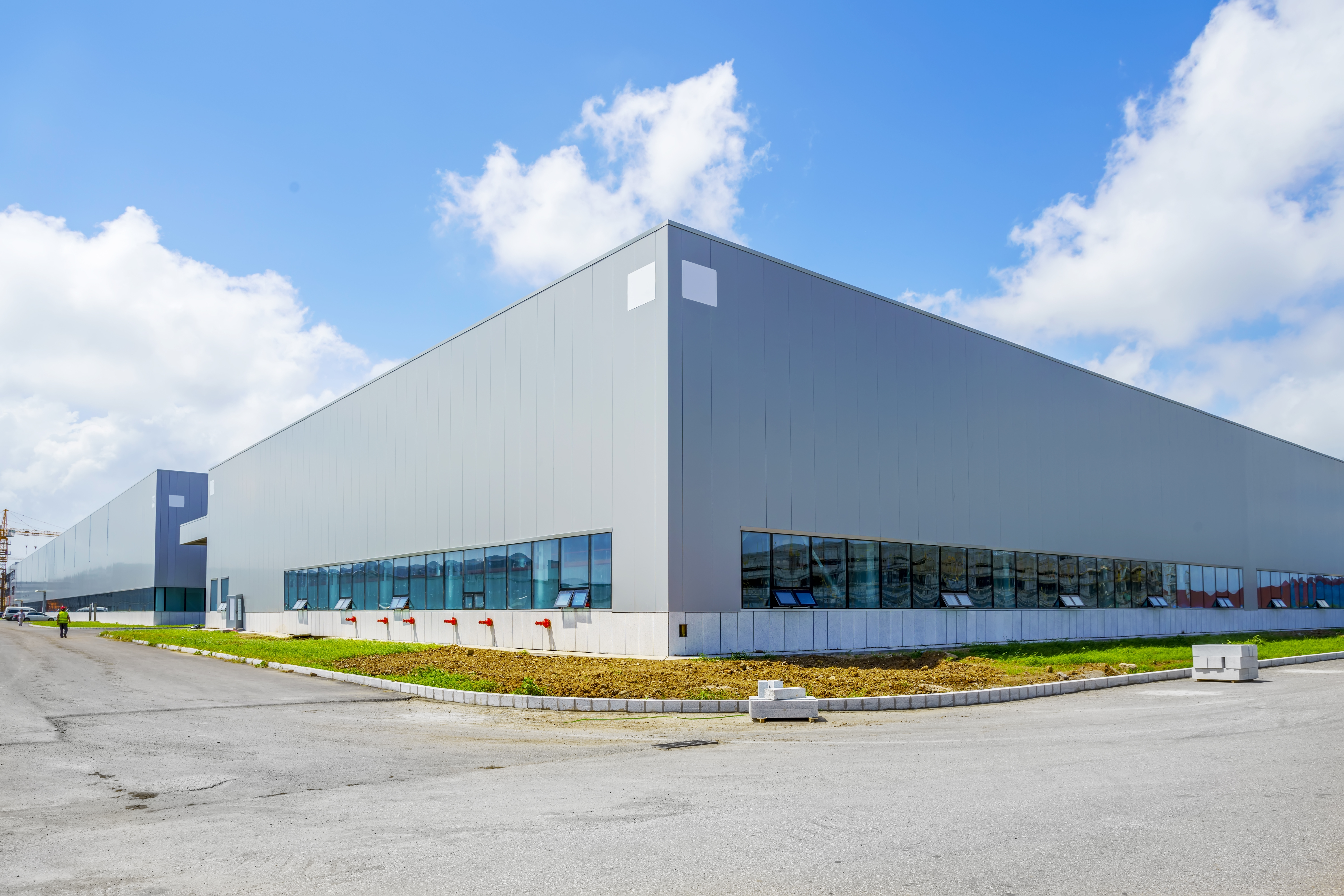
Stockton-on-Tees
The market in Stockton is a large submarket relative to the national norm and contains about 13.9 million square feet of industrial space. Vacancies have dipped slightly over the past year, but at 0.8%, there’s not much room left for tightening. Net absorption over the past year came in at about 2.1 million sq ft, substantially above the five-year average.
Rents grew by 14.3% over the past 12 months, easily exceeding the 6.6% average annual change over the past decade.
There is 140,000sq ft underway in Stockton-on-Tees, representing a 1.0% expansion of the existing inventory. This represents a continuation of new development in the submarket, which had already seen 2.1 million sq ft deliver over the past three years, representing an inventory expansion of 17.4%.
Industrial properties have transacted with regularity in recent years, though that momentum has slowed in the past year.
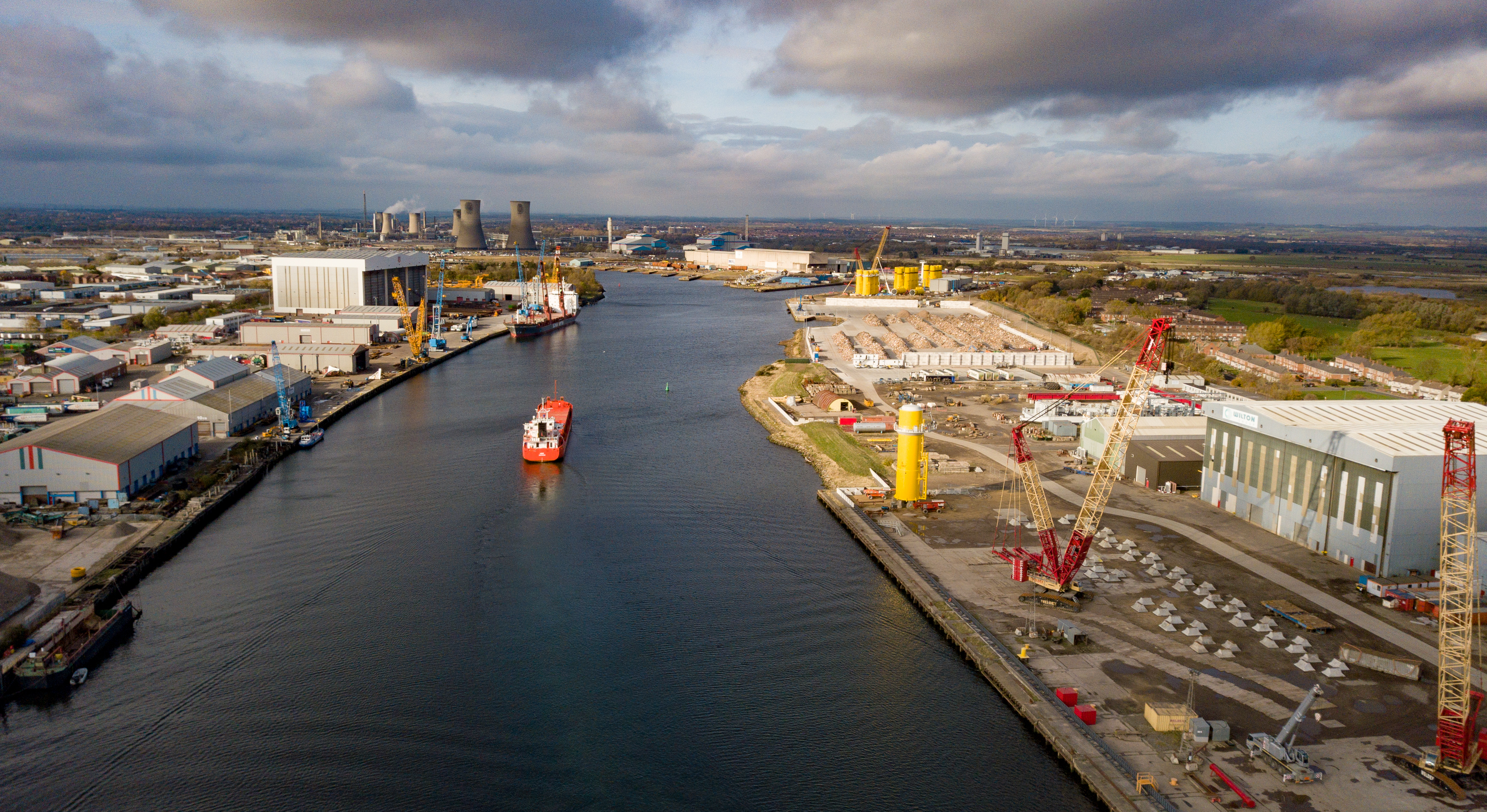
Darlington
Darlington is a midsized submarket containing around 8.5 million sq ft of industrial space.
Vacancies (currently 0.8%) have edged up slightly over the past year, but this is not overly concerning, given that the overwhelming majority of stock remains full. Net absorption was essentially flat over the past year. Things look better over the five year timeframe, as the submarket has posted 290,000sq ft of positive net absorption per year, on average.
Rents grew by 14.7% over the past 12 months, easily exceeding the 7.0% average annual change over the past decade.
There is about 78,000sq ft underway in Darlington, the most space under construction in more than three years. This represents a continuation of new development in the submarket, which had already seen 12,000sq ft deliver over the past three years.
Darlington saw about 5 sales over the past year, consistent with the handful of deals that typically close in a given year.

Redcar & Cleveland
Redcar & Cleveland is a midsized submarket containing around 6.8 million square feet of industrial space.
The recent instability hasn’t made a huge impact on the vacancy rate, although vacancies (22.2%) have ticked up slightly over the past twelve months. Net absorption clocked in at a decrease of 81,000sq ft over the past year. Over a longer timeframe, the submarket has been stagnant:
Net absorption has posted a negligible average annual change over the past five years.
Rents grew by 13.1% over the past 12 months, easily exceeding the 5.4% average annual change over the past decade.
There are no supply-side pressures on vacancy or rent in the near-term, as nothing is underway. This extends a prolonged hiatus from new development in the submarket: It has been more than five years since an industrial project delivered.
Only a handful of properties have traded in Redcar & Cleveland over the past three years.
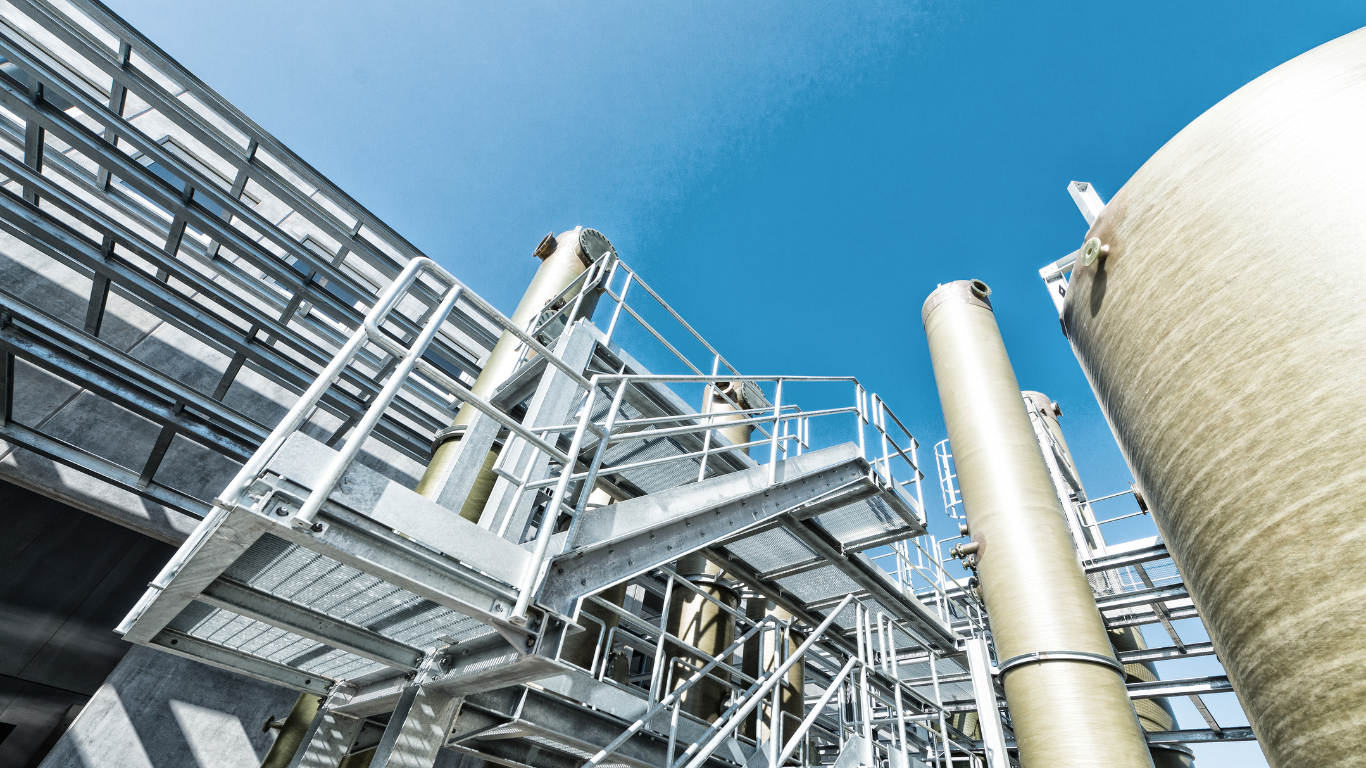
Hartlepool
Hartlepool is a midsized submarket containing around 6.0 million square feet of industrial space.
Vacancies (currently 0.8%) have edged up slightly over the past year, but this is not overly concerning, given that the overwhelming majority of stock remains full. Net absorption clocked in at a decrease of 19,000sq ft over the past year. Over a longer timeframe, the submarket has been stagnant: Net absorption has posted a negligible average annual change over the past five years.
Rents grew by 12.0% over the past 12 months, easily exceeding the 5.5% average annual change over the past decade.
There are no supply-side pressures on vacancy or rent in the near-term, as nothing is underway. This will further prolong a stretch absent new development, which is now more than three years running.
Hartlepool saw about 3 sales over the past year, consistent with the handful of deals that typically close in a given year.

Middlesbrough
Middlesbrough is a midsized submarket containing around 4.2 million square feet of industrial space.
The recent instability hasn’t made a huge impact on the vacancy rate (3.0%), which has only edged up slightly in the past 12 months. Annual net absorption came in at a decrease of 8,200sq ft over the past year. The story improves over a longer timeframe: Over the past five years, the submarket has posted net absorption of about 61,000sq ft per year, on average.
Rents grew by 12.4% over the past 12 months, easily exceeding the 5.7% average annual change over the past decade.
There is about 120,000sq ft underway in Middlesbrough, the most space under construction in more than three years. This represents a continuation of new development in the submarket, which had already seen 160,000sq ft deliver over the past three years, representing a cumulative inventory expansion of 4.0%.
This has been a somewhat active submarket for industrial transactions in recent years, though that momentum has slowed in the past year.

Retail
The number of vacant retail units across the Tees Valley was below the five-year average during the second quarter, with little fluctuation from the same period last year.
Increasing investor confidence in the industrial and office markets however, coupled with the huge number of residential property developments currently underway and heightening demand for homes across the region, could prove a major boon for the sector as more and more people turn their focus to living and working in the Tees Valley.
As for the development of new units, this appears to have slowed in recent years, however there are still a wide range of existing and legacy units available to buy/ rent, meaning supply remains steady.
Overall, the retail and hospitality markets may be lagging slightly behind the booming office and industrial markets, but we anticipate that we will see heightened interest and activity in these markets following the ‘bedding in’ of industrial and office occupiers and the various residential developments across the area.

Stockton-on-Tees
Retail vacancies in Stockton-on-Tees were slightly elevated relative to the five-year average during the second quarter, but they were essentially unchanged from this time last year. The rate also sits above the overall market’s average. Meanwhile, retail rents have fallen on a year-over-year basis, dropping by -2.5%.
As for construction, Stockton-on-Tees does not appear to face a burgeoning wave of supply pressure, and the pipeline is pretty empty.
Retail properties trade with regularity in Stockton-on-Tees, but deal flow fell short of the historical average in the past year. Relative to the wider region, market pricing sits at £140/sq ft, which is right in line with the region’s average pricing.

Darlington
Vacancies for retail properties in Darlington were under the five-year average during the second quarter, but they were essentially unchanged from this time last year. The rate also comes in below the region’s average. Meanwhile, retail rents have fallen on a year-over-year basis, dropping by -2.6%.
As for the pipeline, development has been relatively steady over the past few years in Darlington, and it remains up and running today.
Retail properties trade with regularity in Darlington, but deal flow fell short of the historical average in the past year. Relative to Tees Valley & Durham, market pricing sits at £139/sq ft, which is right in line with the region’s average pricing.

Middlesbrough
Vacancies for retail properties in Middlesbrough were under the five-year average during the second quarter, but they increased modestly in the past 12 months. The rate also sits above the overall market’s average. Meanwhile, retail rents have fallen on a year-over-year basis, dropping by -2.5%.
As for construction, Middlesbrough does not appear to face a burgeoning wave of supply pressure, and the pipeline is pretty empty.
Retail investors are reasonably active in Middlesbrough, and deal flow over the past year largely continued along that course. At £113/sq ft, market pricing is considerably lower than the region’s average pricing.
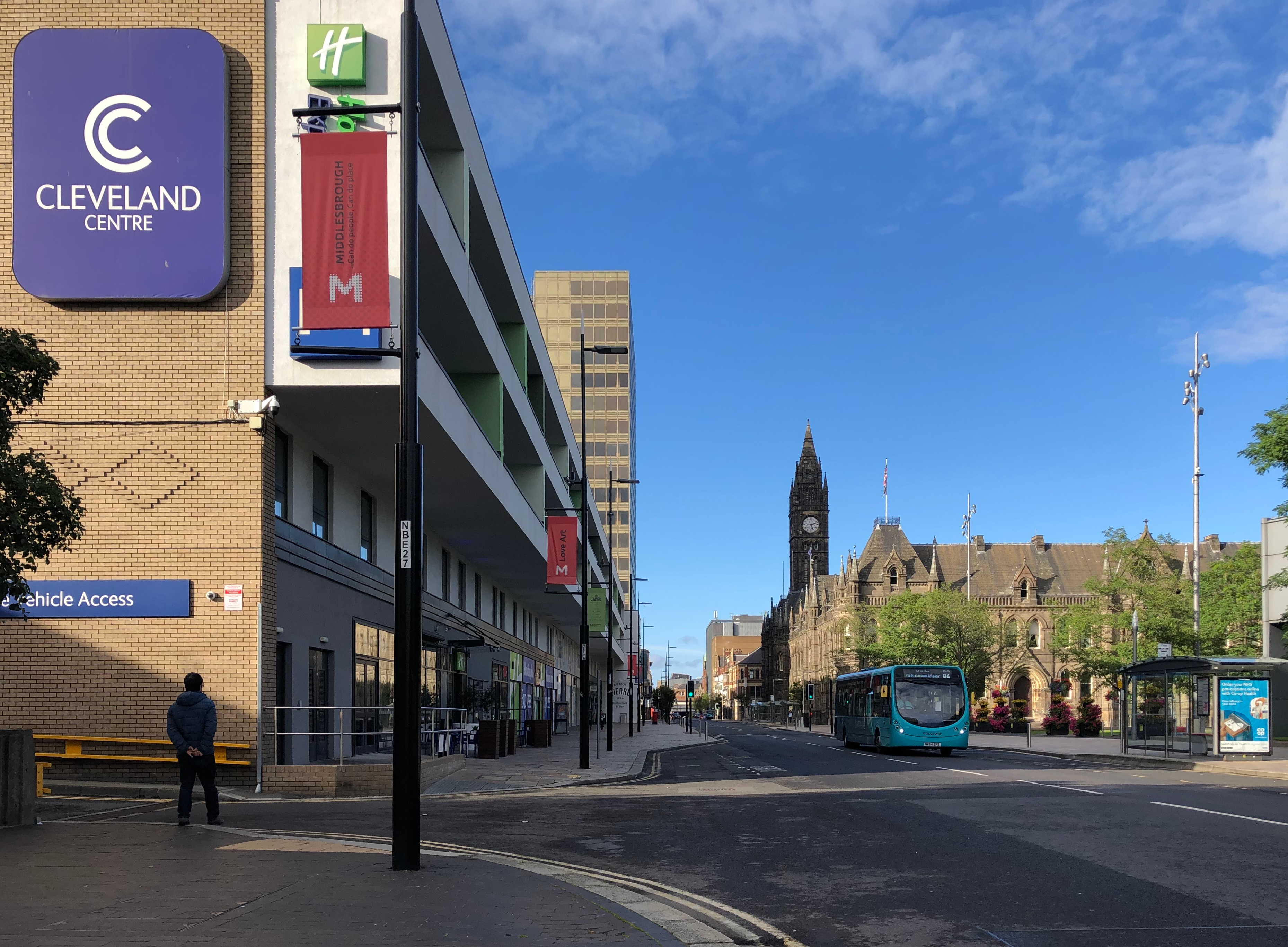
Hartlepool
Vacancies for retail properties in Hartlepool were under the five-year average during the second quarter, but they were essentially unchanged from this time last year. The rate also comes in below the region’s average. Meanwhile, retail rents have fallen on a year-over-year basis, dropping by -2.6%.
As for construction, Hartlepool does not appear to face a burgeoning wave of supply pressure, and the pipeline is pretty empty.
Retail investors are reasonably active in Hartlepool, but in the past year, deal flow cooled in the submarket. At £103/sq ft, market pricing is considerably lower than the region’s average pricing.

Redcar & Cleveland
Retail vacancies in Redcar & Cleveland were roughly in line with the five-year average during the second quarter, but they increased modestly in the past 12 months. The rate also sits above the overall market’s average. Meanwhile, retail rents have fallen on a year-over-year basis, dropping by -2.6%.
As for the pipeline, development has been relatively steady over the past few years in Redcar & Cleveland, and that trend has continued in the second quarter.
Retail investors are reasonably active in Redcar & Cleveland, and deal flow over the past year largely continued along that course. At £114/sq ft, market pricing is considerably lower than the region’s average pricing.

Licensed and Leisure
While there is limited data available for licensed and leisure transactions across the Tees Valley, we suspect that the growth of the economy and in particular the increase in housebuilding, as well as new office and industrial developments, will encourage further investment into this particular sector moving forward.

Across the wider North East region, the market comprises 332 hotel properties, containing around 9,700 rooms in total. The market is characterised by very small hotels: The average property contains 29 rooms, far below the 47-room-per-hotel national average.
COVID-19 severely impacted the entire hospitality sector, especially in areas such as the North East. At the low point, occupancies collapsed to a monthly rate of 23.4% in April 2020. But with the worst of the pandemic now in the rear-view mirror, conditions are improving. Room demand was up 4.4% in February when compared to the same month the prior year, and occupancies are well off their lows.
Twelve-month RevPAR in the North East hotel market was up sharply as of February, climbing at a 20.2% year-over-year rate. Nationally, RevPAR increased at an even stronger rate of 68.5% over the same timeframe.
The 220 rooms currently underway in the North East market amount to a 2.3% expansion of the hotel inventory. This marks a continuation of new development in the market, which saw about 380 rooms deliver within the past three years.
Overall, the North East is not among the more actively traded hotel markets and recorded 2 hotel trades over the past year—consistent with the number of deals that typically close in a given year.



